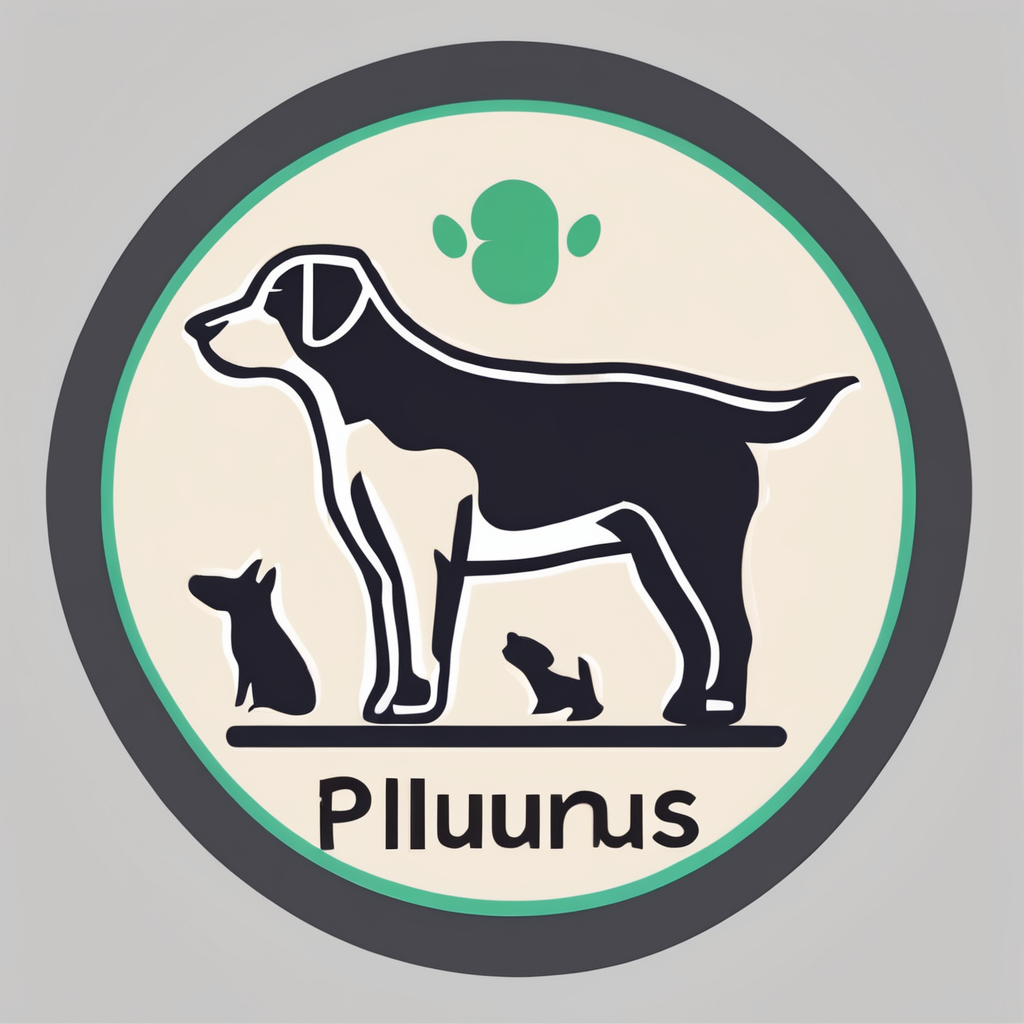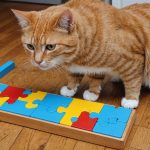Introduction to Puzzle Feeders
Puzzle feeders are innovative tools designed to challenge and engage your cat’s mind. They transform mealtime into an interactive experience, requiring cats to work for their food. Unlike traditional bowls, puzzle feeders consist of various shapes and compartments that conceal food or treats, prompting mental stimulation as your cat discovers ways to retrieve the contents.
The benefits of puzzle feeders are manifold. Primarily, they provide significant mental exercise, crucial for indoor cats often lacking external stimuli. By engaging in problem-solving activities, cats can alleviate boredom, which frequently leads to behavioural issues like excessive meowing or destructive habits. Introducing puzzle feeders into your cat’s routine encourages engagement and reduces undesirable behaviours.
Topic to read : Stress-free strategies for teaching your cat to tolerate nail clipping naturally and comfortably
Additionally, puzzle feeders can slow down eating, promoting better digestion and preventing obesity — an increasing concern among domestic cats. These feeders also cater to a cat’s natural hunting instincts, satisfying their need to explore and interact with their environment.
Many types of puzzle feeders are available, ranging from simple designs to more intricate challenges, allowing you to choose based on your cat’s preferences and skill level. Embracing these innovative feeders can significantly enhance your feline friend’s quality of life, turning feeding time into a fun, engaging experience.
Also to discover : Ultimate guide to cat grooming: key strategies for a tangle-free routine with your long-haired cat
Required Materials
Creating a puzzle feeder for your cat can be an enjoyable DIY project. You may already have suitable DIY materials at home. Household items like empty plastic bottles, cardboard, and muffin tins can be effortlessly transformed into engaging feeders. These items are safe for cats and can stimulate their hunting instincts without posing risks.
For those looking to enhance designs, consider using additional materials. Non-toxic paints can add an aesthetic touch while maintaining safety. Glue and tape might be practical for holding pieces together, but ensure they are not accessible to your cat to prevent ingestion. Various sizes of PVC pipes can be used to invent more complex puzzles.
Selecting materials that are safe for your cat is crucial. Steer clear of any items with sharp edges or small removable parts that could be swallowed. Always monitor your cat with the feeder to ensure their wellbeing. Safety and creativity can go hand-in-hand with these materials, offering an entertaining solution for both you and your cat.
These suggested materials should provide everything you need to start. With these supplies, you’ll be able to craft a puzzle feeder that is both functional and fun!
Step-by-Step Instructions
Creating a DIY puzzle feeder can be a fun and rewarding project. Here’s a detailed guide to making one yourself.
Preparing the Base
Start by selecting a sturdy material such as wood or plastic for the base. Cut the material to your desired size, ensuring it’s safe and non-toxic. Sand any rough edges to prevent injury. The base will serve as the foundation for the entire puzzle feeder, maintaining stability and supporting the puzzle elements.
Creating Puzzle Elements
When constructing the puzzle elements, think about varying difficulty levels. Use recycled materials like plastic bottles or cardboard tubes to form compartments or hiding spots for treats. Ensure these materials are clean and free from sharp edges. Consider adding moving parts like sliding doors or flaps to increase the challenge. The key is to engage pets creatively while keeping safety in mind.
Assembling the Feeder
Now, assemble the puzzle feeder by securely attaching the puzzle elements to the base. Use non-toxic adhesive or screws to ensure everything stays in place during play. Double-check for loose parts that could pose hazards. This final step of the step-by-step guide ensures a safe, functional, and entertaining puzzle feeder that will challenge and delight your pet.
Customization Options
Ensuring that puzzle feeders are engaging for cats with different personalities requires strategic customization.
To increase the difficulty level, consider altering the feeder’s configuration. You can adjust the hole sizes, making them smaller to add complexity for skillful cats. For even more challenging gameplay, incorporate variations by adding rotating parts or detachable obstacles. This not only entertains intelligent cats but also mentally stimulates them.
Incorporating multiple feeding sections within a single feeder provides diversity in the feeding experience. This can be achieved by introducing compartments, each requiring different skills to access. Cats that are quick to solve tasks may find this setup particularly intriguing, as they need to use various techniques to retrieve their food.
When it comes to adjusting the feeder for different cat personalities, observation is key. Playful cats might enjoy feeders with interactive elements like swinging toys or sound features, whereas more reserved ones might prefer quieter settings with fewer distractions. Customizable puzzle feeders can be the perfect way to address these preferences, ensuring each cat feels comfortable and engaged. This tailored approach not only enriches their feeding time but also supports their overall well-being.
Safety Tips
Ensuring cat safety during feeding times, especially with puzzle feeders, is essential. Proper supervision helps mitigate risks and enhances your cat’s mealtime experience. Begin by inspecting your feeder regularly for potential hazards such as loose parts or sharp edges, which could harm your furry friend.
During use, pay attention to how your cat interacts with the feeder. Cats have different play styles, and detecting any aggressive or frustrated behaviour early can prevent injuries or stress. Consider adjusting your approach if you observe any signs of distress, such as excessive meowing or pawing.
One crucial aspect is safe feeding practices. When introducing new feeders, do so gradually. Allow your cat to familiarize itself with the tool at its own pace, preventing any choking hazards from fast consumption. Encouraging your cat gently reinforces positive behaviours while promoting safety.
Supervising feeding times goes beyond mere observation. It includes creating a safe environment, free of additional distractions or obstacles. Such steps ensure the focus remains on mealtimes, preventing accidents. Always ensure the area is well-lit and free from clutter. Following these guidelines creates a nurturing and secure feeding experience for your beloved pet.
Troubleshooting Common Issues
Navigating the world of DIY puzzle feeders can be as challenging as it is rewarding. Engaging your feline friend might not be seamless at first, but with a little troubleshooting, you can enhance their experience significantly. Let’s delve into solving common engagement problems and ensure your furry companion enjoys using their puzzle feeder.
Tackling Common Problems
DIY puzzle feeders can sometimes present hurdles. Frequent issues often involve the complexity of the feeder or its enticing appeal to your cat. If your pet shows disinterest, first ensure the feeder’s difficulty level matches your cat’s skill. Stuck treats or particularly tough puzzles can lead to frustration rather than fun. Simplifying the feeder’s design initially can gradually raise interest.
Encouraging Cat Interaction
Successfully increasing cat interaction requires strategic adjustments. Begin by placing their favourite treats visibly within the feeder. As your cat grows accustomed, you can tap into their natural curiosity by adding objects of varying textures or scents. Regular changes keep the puzzle feeder novel and attractive.
Overcoming Resistance
If resistance persists, gradual familiarisation might do the trick. Introduce the puzzle feeder alongside regular feeding routines to encourage exploration. For resistant cats, patience paired with appealing rewards is key to transforming the puzzle feeder from an obstacle to an exciting challenge.











